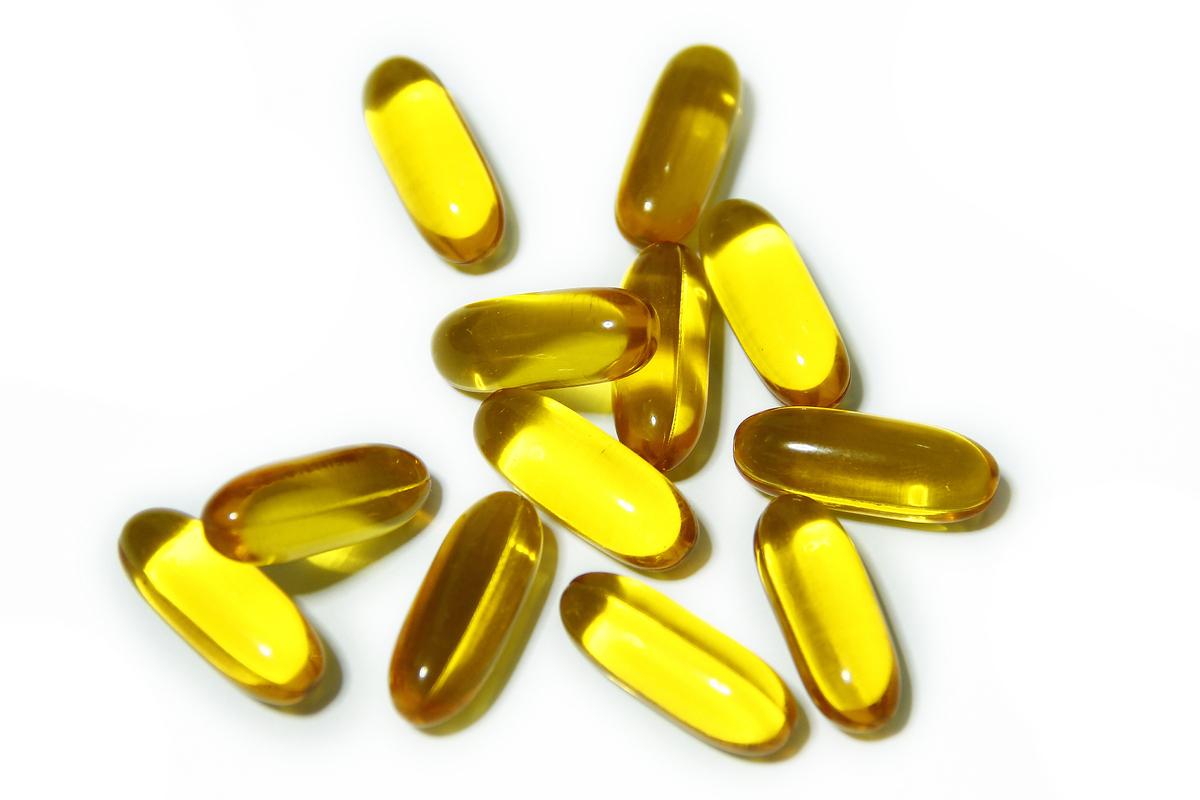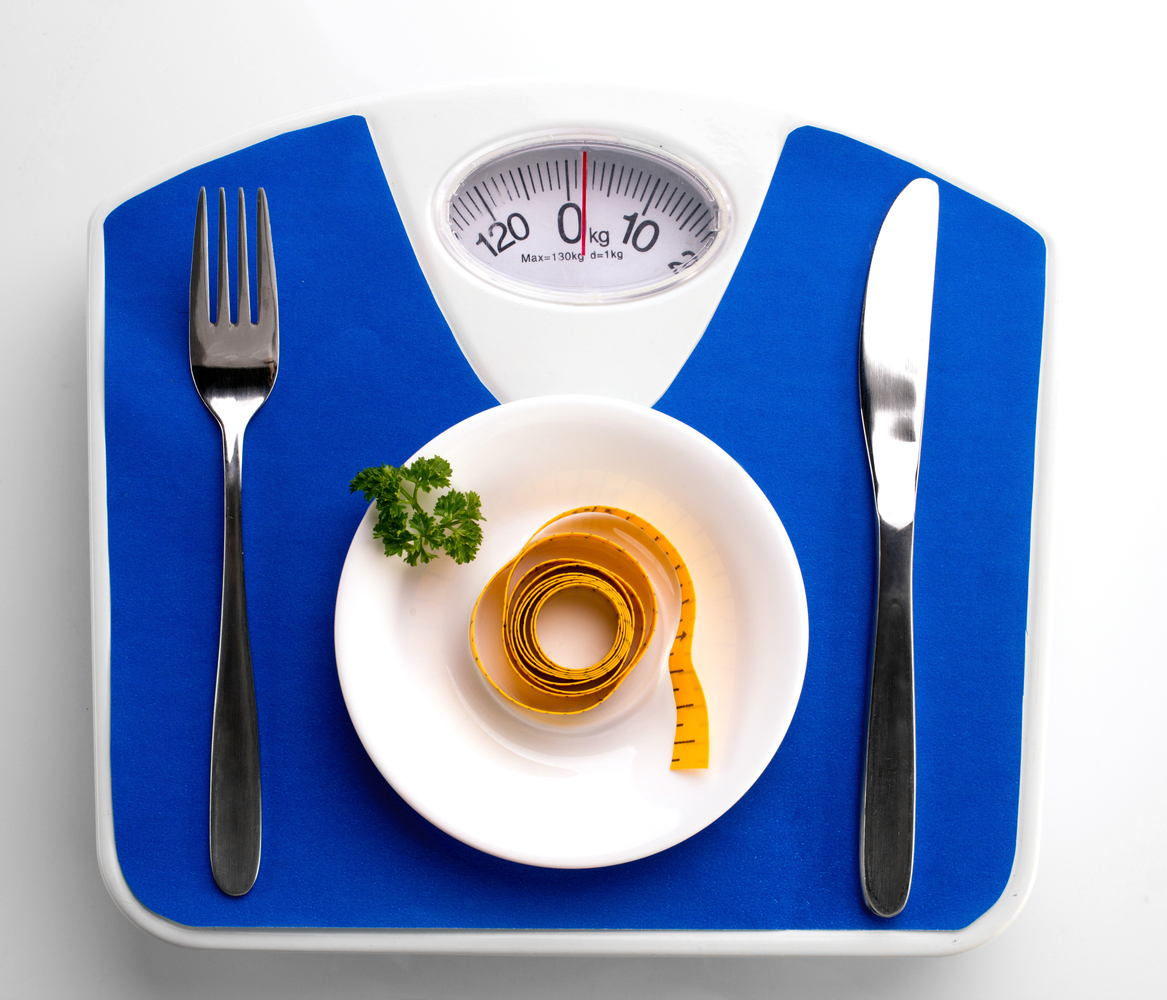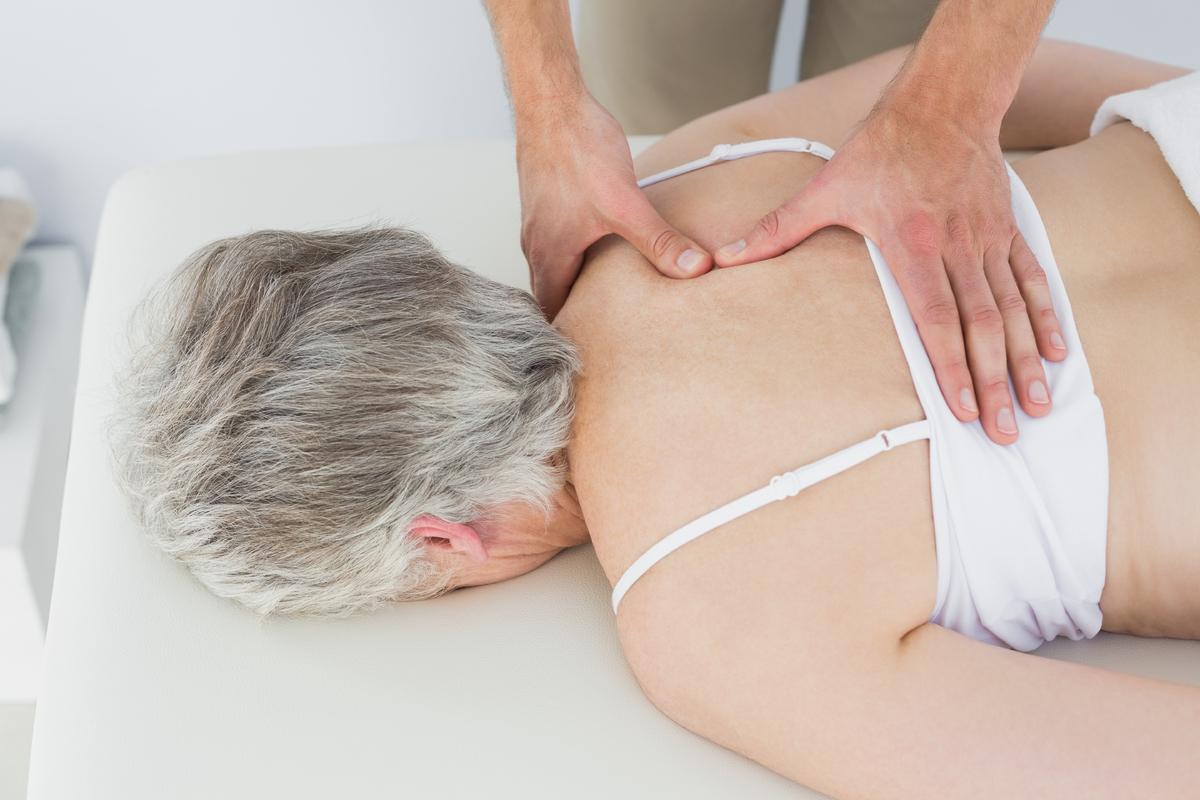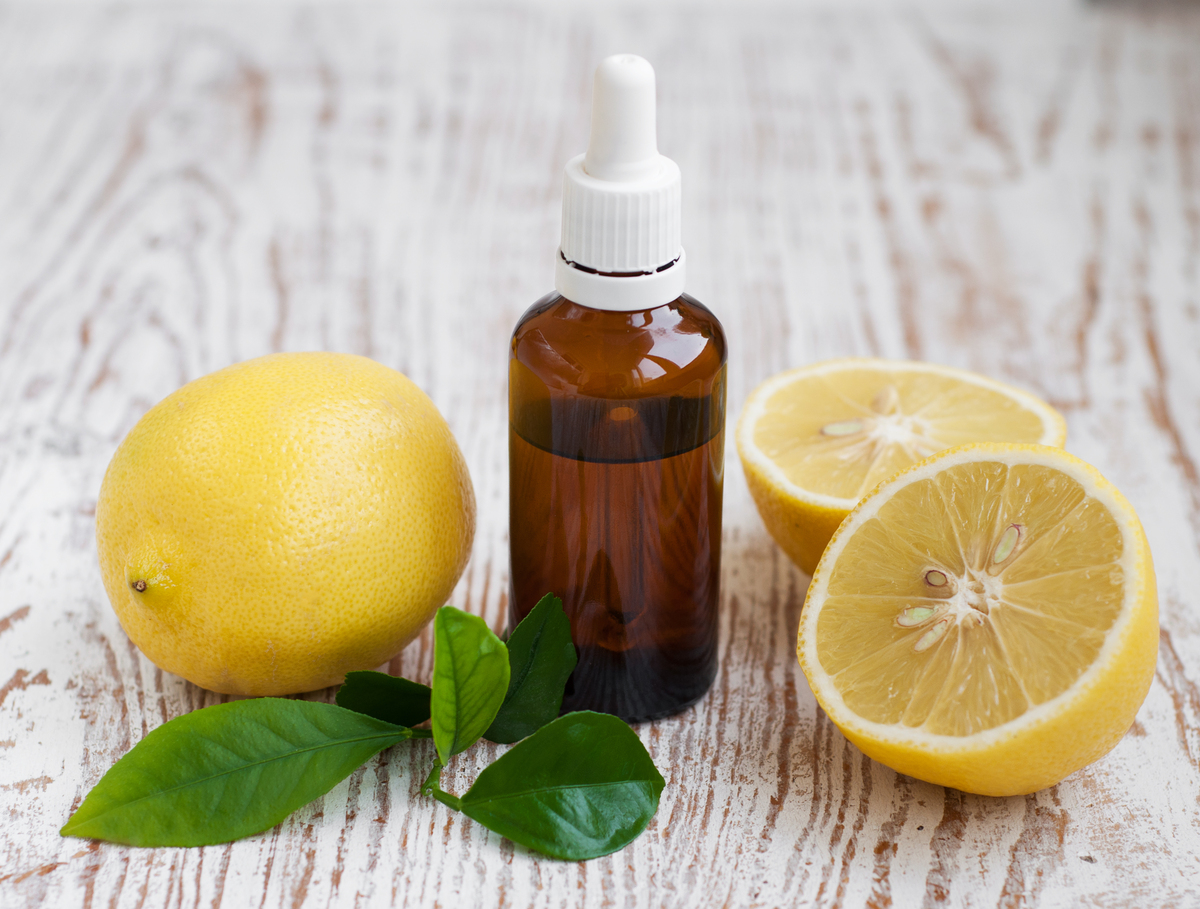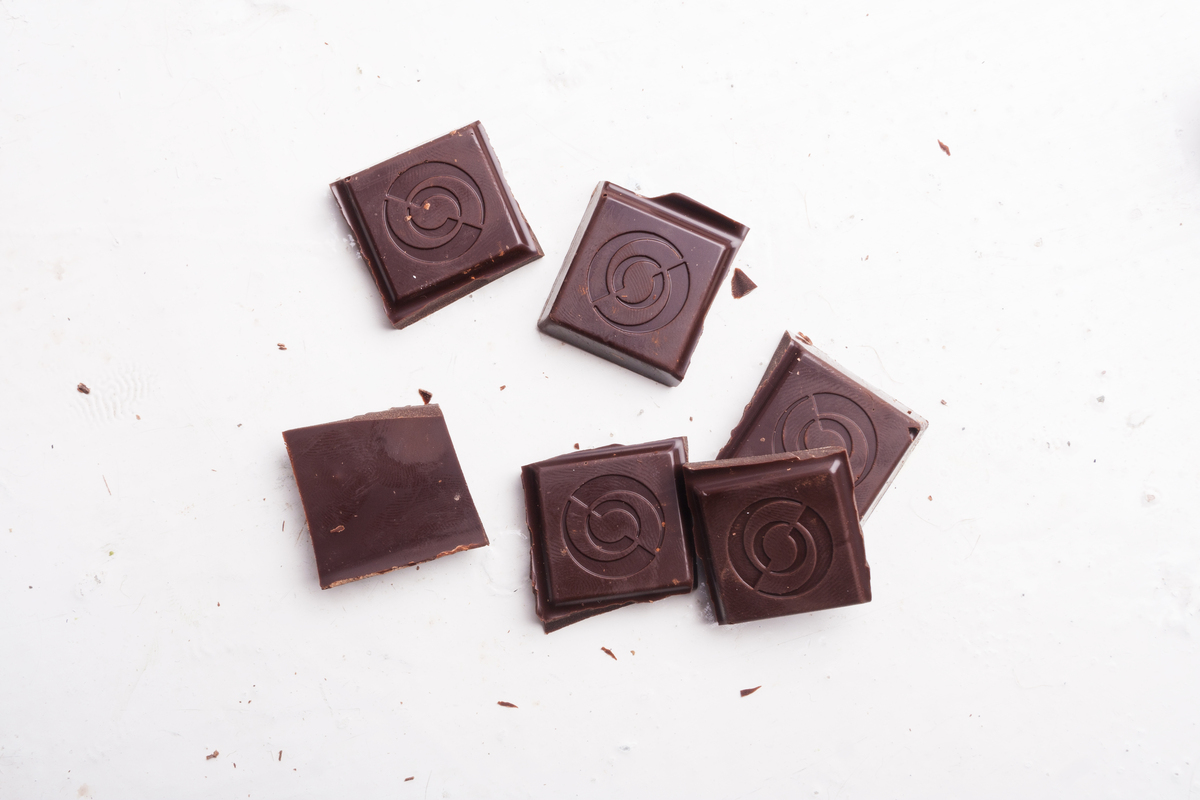Wondering what internal pelvic therapy is? Simply put, it is massage therapy that is performed in the vagina and/or rectum when external massage cannot effectively reach or treat areas of tightness. Sounds like a really uncomfortable massage, huh? I was skeptical at first, but after just one session I felt positive results. After the second session I was a believer. Weeks later, here I am sharing my discovery in effort to help others who might be suffering needlessly.
Not sure about what conditions might benefit from IPT? This is a partial list:
- Pelvic floor pain and dysfunction
- Endometriosis
- Painful intercourse
- Urinary incontinence, urgency and/or frequency
- Irritable bowel syndrome
- Scar tissue from abdominal and/or vaginal surgical procedures
- Hip, low back, coccygeal (tailbone) pain
- Pudendal neuralgia
- Spinal misalignment
- Infertility
You might be wondering how my body got to the point of needing IPT. The short answer is that I have hypermobile, or super flexible/double jointed hips that can stretch beyond the normal range. My body had to compensate for this condition by over-working some of the muscles that aided in my core stability. The long answer outlines how day to day activities, combined with my unstable core, led to my chronic pain.
Childbirth and surgical procedures brought trauma and scar tissue into my abdomen and pelvis. The scar tissue pulled my body out of alignment and put further stress on my already unstable core. The traumatized core muscles shortened and pressed down on my organs. My first surgery for urinary problems happened when I was 3 years old, my last was two years ago. I delivered two children, had a tubal ligation, a surgery for cervical cancer, and a hysterectomy. The scar tissue in my pelvis and abdomen wrapped even tighter around my soft tissue and organs. I developed stress incontinence and my body dealt with this issue by clinching the muscles in my pelvis so I would not leak urine. As the incontinence grew worse, my body clinched more and more. My muscles soon recognized clinching as the norm. My hip pain increased and my left knee started popping when I stood for long periods of time. I had bladder repair surgery and the incontinence problem was solved, but immediately after my surgery I began having intense pain in my pelvic floor and left hip.
As a massage therapist I pride myself in continually striving to educate myself about massage theories and modalities. So in my determination to fix myself I read articles and books. I massaged my abdomen, hips, and quads. I rolled on a tennis ball for my hamstrings, gluts, IT Band, and piriformis. I stretched. Nothing worked, but for some reason I just knew that the right kind of massage would relieve my pain. Then quite by accident, as I was rolling my gluts on the tennis ball, I lost my balance and my life was forever changed. The tennis ball rolled under my coccyx (tailbone) and I instantly felt the good hurt. After I sat poised atop a tennis ball for several minutes, the muscles in my pelvic floor softened and I began to have hope.
I re-read the pertinent chapters of a terrific book on trigger point therapy and luckily for me I found information about internal massage. From there I did an on-line search for internal massage and found a great guide to internal pelvic floor self- massage (www.beyondbasicsphysicaltherapy.com). I began doing internal massage on myself and felt relief almost immediately. (The hard to reach areas were worked with my husband's assistance). Still not completely satisfied, I found a great article written by Dr. Chaitow, an osteopath in the United Kingdom. For years he treated patients with the assumption that weak core muscles was the root of their problems and pain. After structural evaluation, Chaitow found that some of his female patients who had pelvic pain, painful intercourse, and stress incontinence had excessively toned musculature and that Kegel-type exercises exacerbated their problems. He also found evidence that internal vaginal massage could improve symptoms of interstitial cystitis. But my favorite part of his article, The Pelvic Floor Paradox, was "the tennis ball trick". I began doing the tennis ball trick and I checked in with myself regularly to see whether I was clinching or not. Soon after I began rolling and trying to be more self-aware, my hip and back pain were reduced considerably. I alternated between rocking and IPT daily, all the while monitoring my clinching. I began feeling more open and relaxed in my pelvis and after rocking and performing self-massage for a week and a half, my pelvis drastically shifted on the left side and my hip pain disappeared.
What followed next was a thing of comedic beauty. I stood up and marveled at my pain-free hip. With a big smile on my face I took one step forward and immediately went three steps to my left. My core muscles had been so jacked up that compensation had changed my gait. The reason I walked crooked was due to muscle memory. My muscles were in a new position--their original, optimal performing position, but the muscles moved as if my pelvis was still misaligned.....which made me look like a drunk failing a sobriety test. I walked wonky for a few days and even bonded with some folks coming out of Rupp Arena that were staggering as well.... but I am happy to report I am now walking upright without any sidestepping.
So back to that clinching thing.....recognizing the problem was half the battle and I can thank Hubby for first pointing out my clinching. I am trying to retrain my core muscles by checking in with myself many times per day, and if I catch myself clinching, I focus on relaxing my body. Nowadays, whenever I feel low back, hip, or pelvic tension, I break out the tennis ball, do a bit of self-massage, and ask my body to just chill the heck out.
I realize this is not an easy thing to talk about for many people and I respect your privacy. But those of you who are suffering pain like I was and would like more information on how to possibly get pain relief with IPT, please send your questions to: KimBlackwell1964@gmail.com

